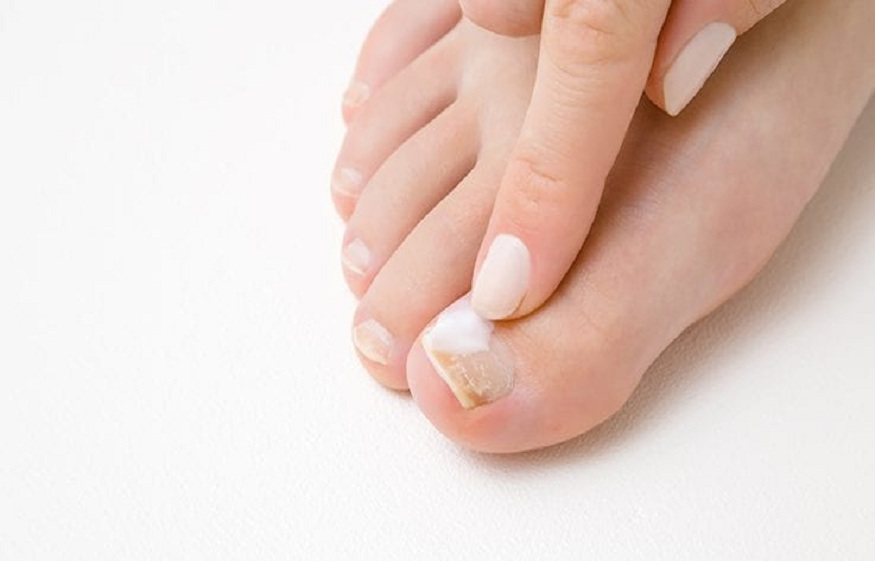Types Of Nail Fungus
You can get a fungal infection anywhere it doesn’t necessarily occur on your nails. Fungi are usually present in and on the body with other forms of bacteria, but when the fungi start to overgrow, it may lead to an infection. The moment you begin to notice that your nail is looking a bit different, you should visit a doctor as immediately as you can because you might be suffering from a fungal infection. Nail fungal infections usually occur due to the overgrowth of fungi in, under or on the nail. Fungi usually develop in warm and moist areas, and the feet are generally warm from time to time because of wearing socks.
This fungus leads to a jock itch and an athlete’s foot, and ringworm can cause nail infections. Fungal infections can also be contracted through touch; when you are in contact with someone who has a fungal infection, you might end up having it. Also, make sure you are cautious when you visit a nail salon; ask them how they disinfect their tools so that you can protect yourself from a fungal infection. When you notice a fungal infection, the first alternative can be laser treatment for fungal nail infection.
Categories of nail fungus
1. Distal subungual virus
This infection is the most widespread fungal nail affliction, and it can cultivate in both fingernails and toenails. The easiest way to know if you have this infection is when you notice that your nail has a jagged guise with white or yellow specks across the nail. The virus seizes the nail bed and the underpart of your nail.
2. White superficial infection
This particular disease primarily affects the toenails. The top layer of your nail ends up being attacked by a specific fungus and ends up creating a well-defined white spot on the nail. Web the infection starts spreading, the white patches cover the whole nail, and the pin becomes rough, soft and liable to rotting. The sights on the nail may end up becoming pitted and brittle. Antifungal toenail treatment can work best for this infection.
3. Candida infection
This disease is caused by candida yeast, which can seize nails that a prior injury has already hurt. Candida primarily affects fingernails, mainly people who soak their hands in water. When you notice your pin has become swollen, red and tender, know you are starting to get a candida infection.
How to diagnose a fungal infection
When you visit your doctor thinking you have a fungal infection, they will take debris from underneath your nail and analyze it. The nail scrapings will be used to test for potassium or the presence of any fungal infection. When your doctor finds that you have a fungal infection, you may be asked to have laser treatment so that you can ask about the laser fungal nail treatment cost before you get it.
Conclusion
Make sure you take as many preventive measures as possible to protect yourself from a fungal infection. Moreover, please don’t get into contact with someone who has a fungal infection so that you don’t contract it.


